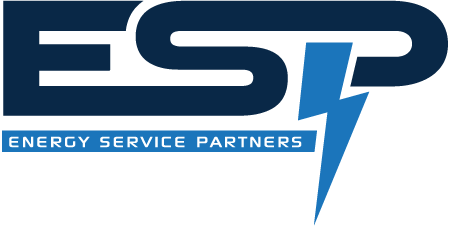
We’re sharing some not-so-good news from the U.S. Department of Energy. About 10% of your electrical bill comes from appliances you are not using. Turns out that when they’re turned off, they’re still drawing power. It is mind-boggling to think that 75% of appliance energy usage comes from appliances that are not in use. They are emitting carbon, too.
Most of us will think planet and pocketbook simultaneously which could lead us to take proactive measures to end electricity leaking.
(Video provided courtesy of Cleco Energy)
This phenomenon has a bunch of names – phantom load, vampire load, vampire power, stand-by power and dozens more that describe the exact same thing, namely, electricity that is wasted when you are not using a plugged-in appliance.
Generally, anything that requires a remote control is always leaking energy. These electronic conveniences keep your electronics in a state of constant alert for quick activation at the click of a power switch. The amount of energy used when an appliance is set to off is not far off from the amount of energy used when it is turned on.
You can put this into perspective when you consider that when switch on an LCD computer monitor uses 55W of energy and a notebook uses 73W. Turned off, TVs use 48.5W, DVD/Blu-Ray players 10.58W, satellite TV box 43.61W, video game console 63.74W and cable box 30.6W.
Then, there are non-remote energy vampires in your house that waste electricity but there’s not much you can do about that. For example, your cable modem uses nearly 9W, computer LCD monitor 3.5W, wireless phone almost 5W, plugged-in laptop 50W and the list goes on!
Play a little game, walk around your house and guess how much energy is leaking from your printer, coffee maker, musical instruments and everything else. No matter what the final wattage is dissipating on an on-going basis, awareness is the first step to making any change.
Once you identify your energy vampires, the easiest proactive thing to do is unplug the offending electrical devices when you are not using them. There are also a number of energy monitors in commerce that tell you now much energy each of your electrical devices is using. They generally work on the same principal. You plug the reader into the wall and then plug in your device to get an energy value. Some devices will tell you how much this energy drain costs and how much CO2 is being emitted.
Here’s your cheat sheet to energy savings and to friendlier treatment of our environment:
1. Survey Your Home Office: Computer, modem, printer, scanner, router, monitor, speakers, electronic charging devices, mini frig, TV monitor. If you work in video production, host your own web series, record music or anything that requires uses of multiple devices, you are likely leaking the most energy.
2. Your Living Room, Entertainment Center, Den, Man/Girl Cave: Especially when you have a gamer in the house, consider unplugging the video game console, VR sensors, TV, stereo, DVR, DVD/Blu-Ray, cable box, gaming computers and other devices.
3. Your Kitchen: Are you using your range, coffee maker, microwave, ice-maker, wine cooler, toaster oven, food processor or anything else? Consider unplugging when not it use. Even your most-loved super mixer is pulling watts.
For interconnected devices, such as those in your living room or home office, consider plugging them into energy-saving power strips that tell the device to shut down the television peripherals when the TV is turned off. This also works with computers and other high-pull electrical devices.
Or, you can always go Old School and unplug your devices until you need them.

